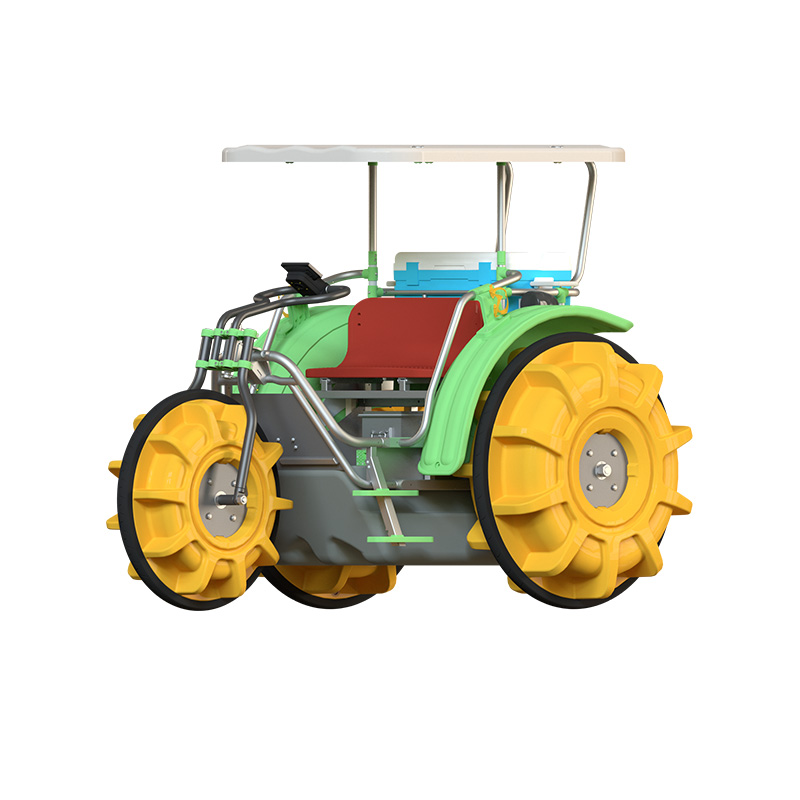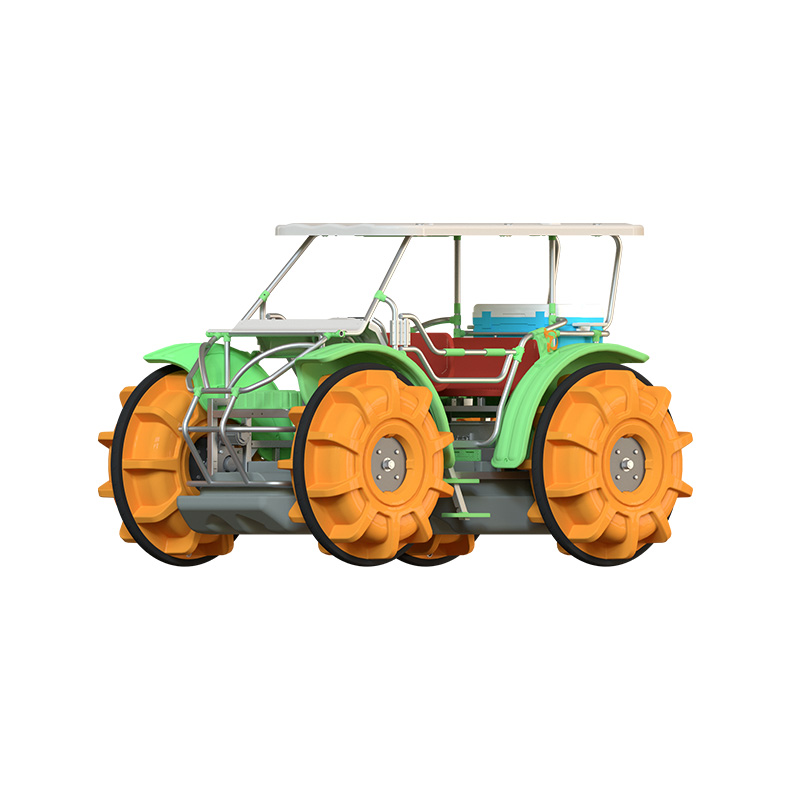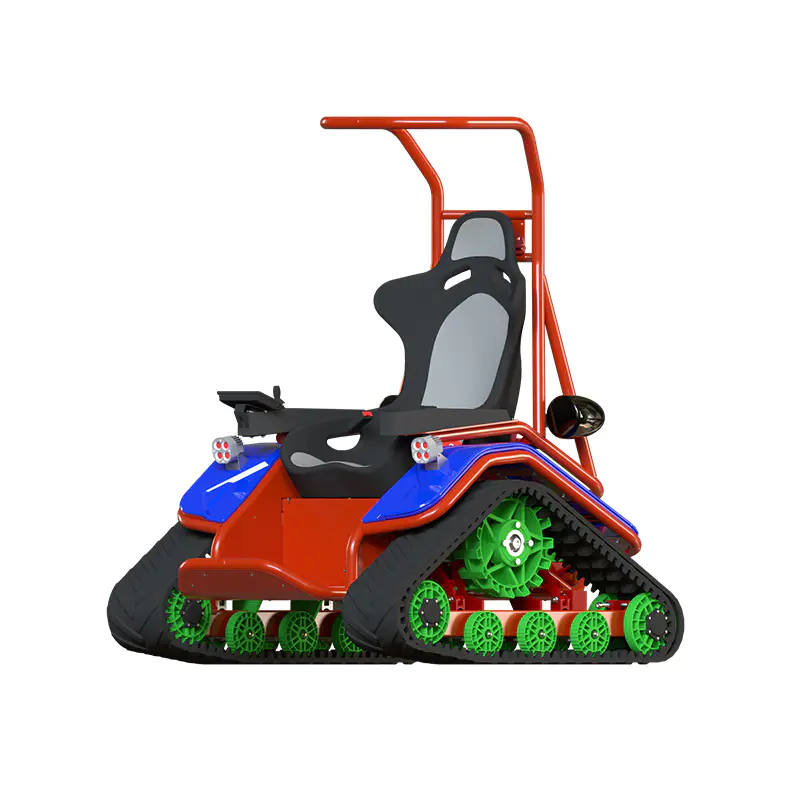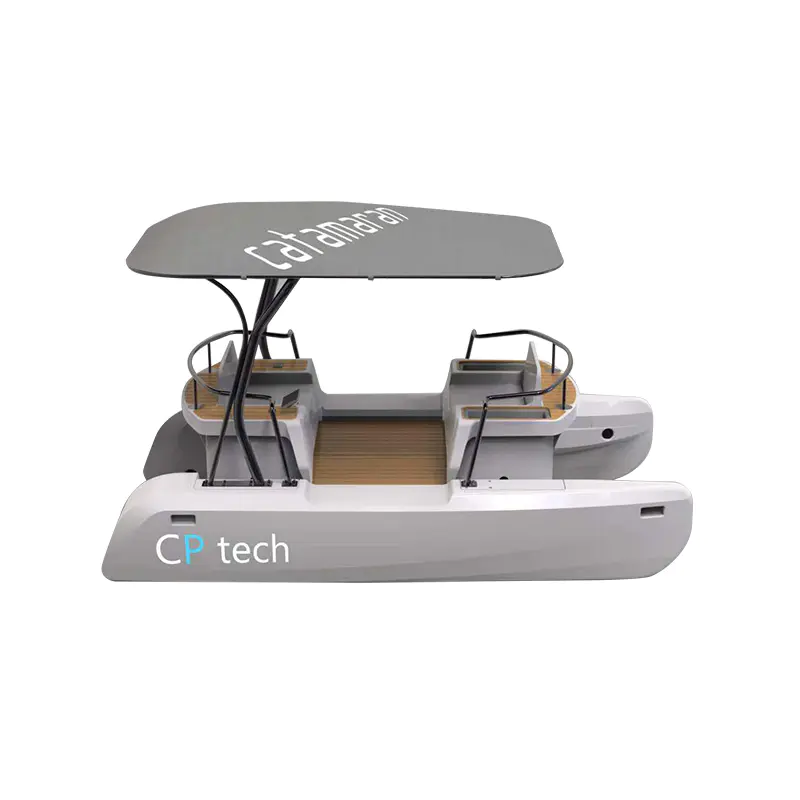How Durable Is Electric Sail Boat Construction?
2025-10-03
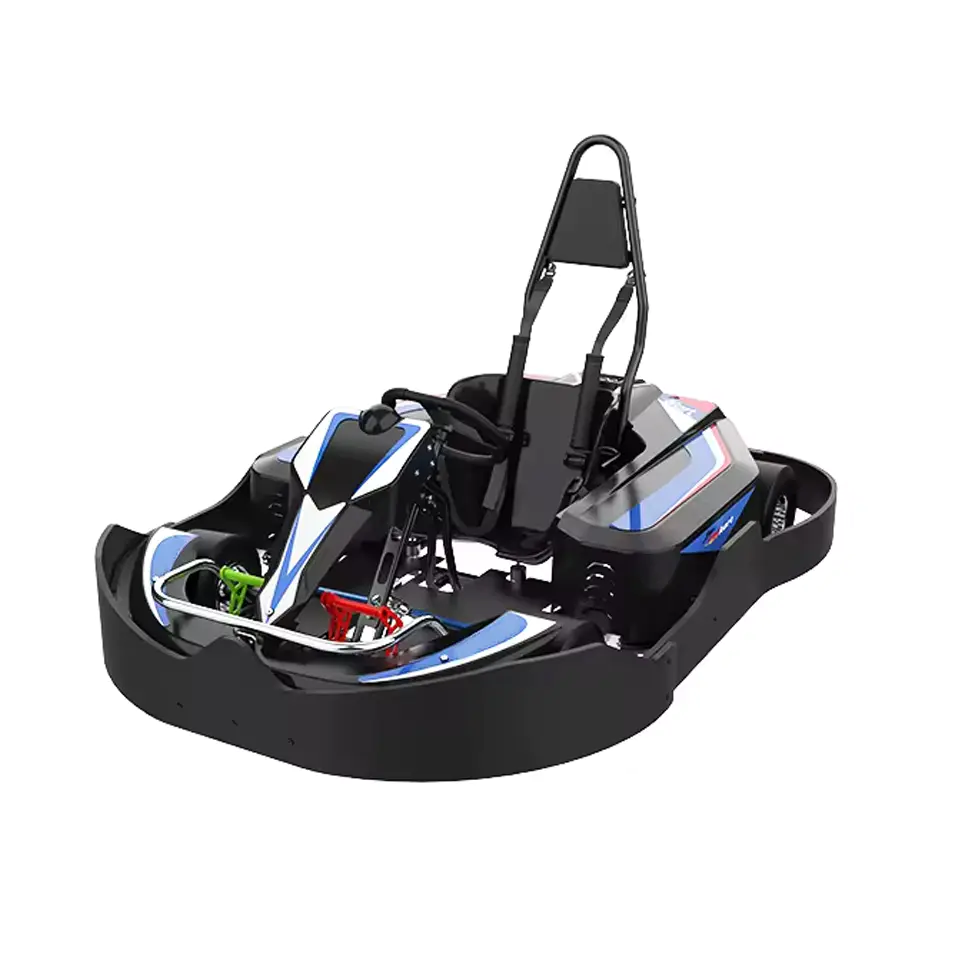
Electric sail boats are gaining popularity among hobbyists and water sports enthusiasts due to their quiet operation, eco-friendly design, and ease of handling. While their features are appealing, the durability of electric sail boat construction is an important factor to consider for anyone investing in this type of watercraft.
1. Hull Material and Design
The hull is the foundation of any boat, and electric sail boats are no exception. Many are constructed from fiberglass, reinforced plastics, or lightweight composites, which offer a balance between strength and weight. Fiberglass, in particular, is commonly used because it resists corrosion, can withstand impacts, and provides structural integrity over time. Some higher-end models may incorporate carbon fiber components to improve stiffness without adding unnecessary weight.
The design of the hull also contributes to durability. A well-engineered hull distributes stresses evenly across the structure, reducing the likelihood of cracks or warping during regular use. Electric sail boats designed with reinforced keels and bulkheads tend to resist flexing, which further protects the internal systems and ensures safe operation.
2. Deck and Superstructure
The deck and superstructure of an electric sail boat must handle both environmental exposure and mechanical stresses. Many manufacturers use UV-resistant coatings and marine-grade materials to protect surfaces from sun, salt, and water damage. Proper sealing and high-quality fasteners prevent water infiltration, which can compromise structural integrity over time.
Reinforced decks with additional supports can also accommodate rigging, masts, and other equipment without putting undue stress on the hull. This careful construction ensures that the boat remains stable and safe even in varying water conditions.
3. Electrical and Motor Systems
Durability in electric sail boats isn't limited to the physical structure. The electrical systems, including the battery, motor, and wiring, must be robust enough to withstand moisture, vibration, and temperature changes. Many boats feature sealed motor housings and corrosion-resistant connectors to prevent failures. A durable construction approach integrates these systems in a way that reduces exposure to the elements while allowing easy maintenance when needed.
The placement of the battery and electronic controls inside waterproof compartments also contributes to long-term durability. Proper insulation and protective casing prevent short circuits or damage from accidental contact with water.
4. Maintenance and Longevity
Even with strong construction, the durability of an electric sail boat depends on regular maintenance. Rinsing the hull after use in saltwater, checking fasteners, inspecting electrical connections, and maintaining the sail and rigging are all critical for prolonging the boat's life. A boat that is well-maintained can retain its structural integrity and operational reliability for many years.
5. Overall Structural Integrity
When considering durability, it's important to evaluate the overall structural integration of the boat. Boats with well-thought-out reinforcements, corrosion-resistant materials, and proper sealing tend to have a longer service life. The combination of quality materials, smart design, and proper maintenance ensures that electric sail boats remain functional and safe under typical usage conditions.
Electric sail boat construction is generally durable when high-quality materials and thoughtful design practices are used. The hull, deck, and superstructure, combined with robust electrical systems, determine how well the boat withstands environmental and operational stresses. Regular maintenance complements these construction features, ensuring that the boat continues to perform reliably over time. Choosing a well-built electric sail boat provides both peace of mind and long-term enjoyment on the water.

 English
English  русский
русский  عربى
عربى 